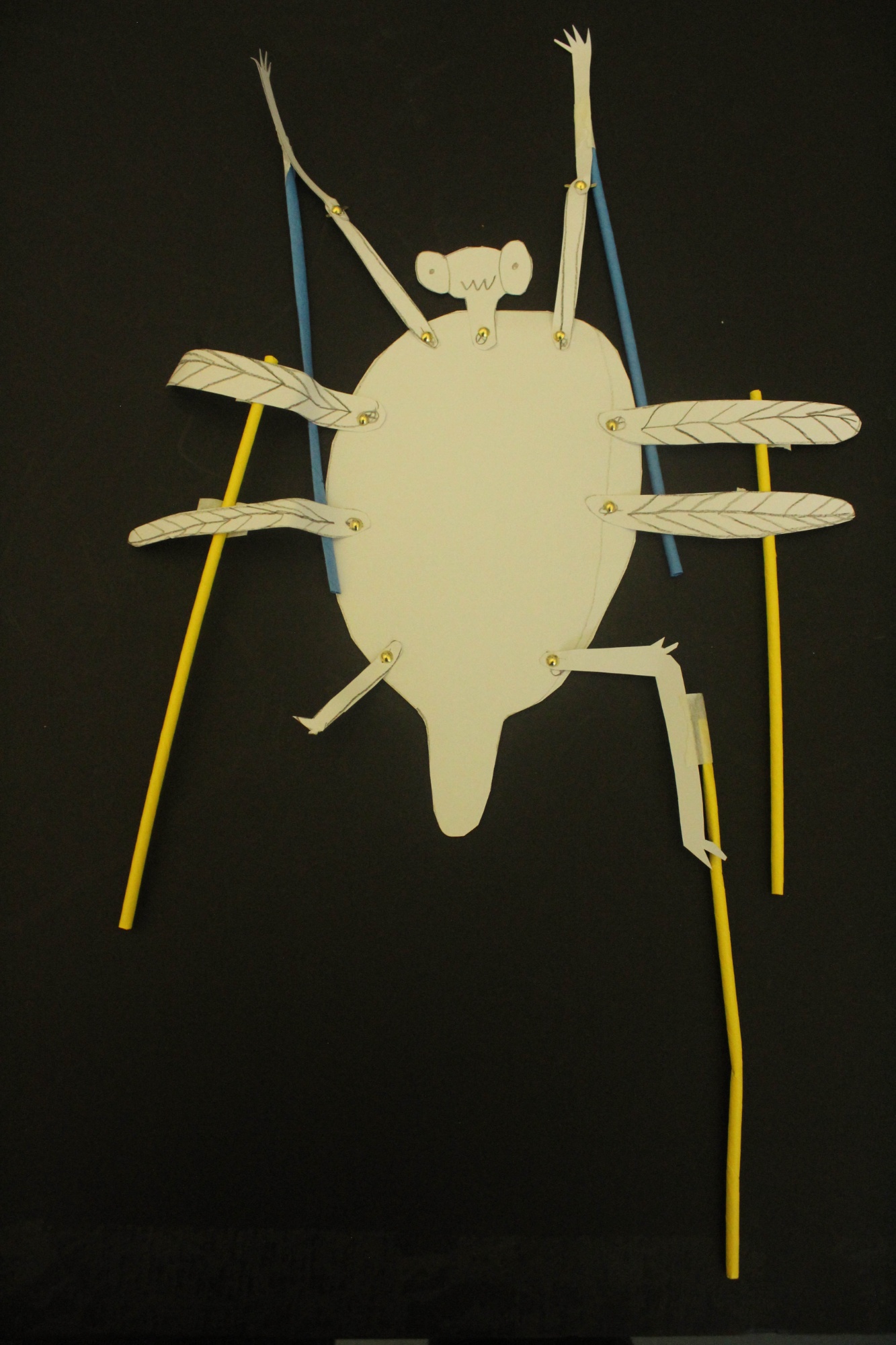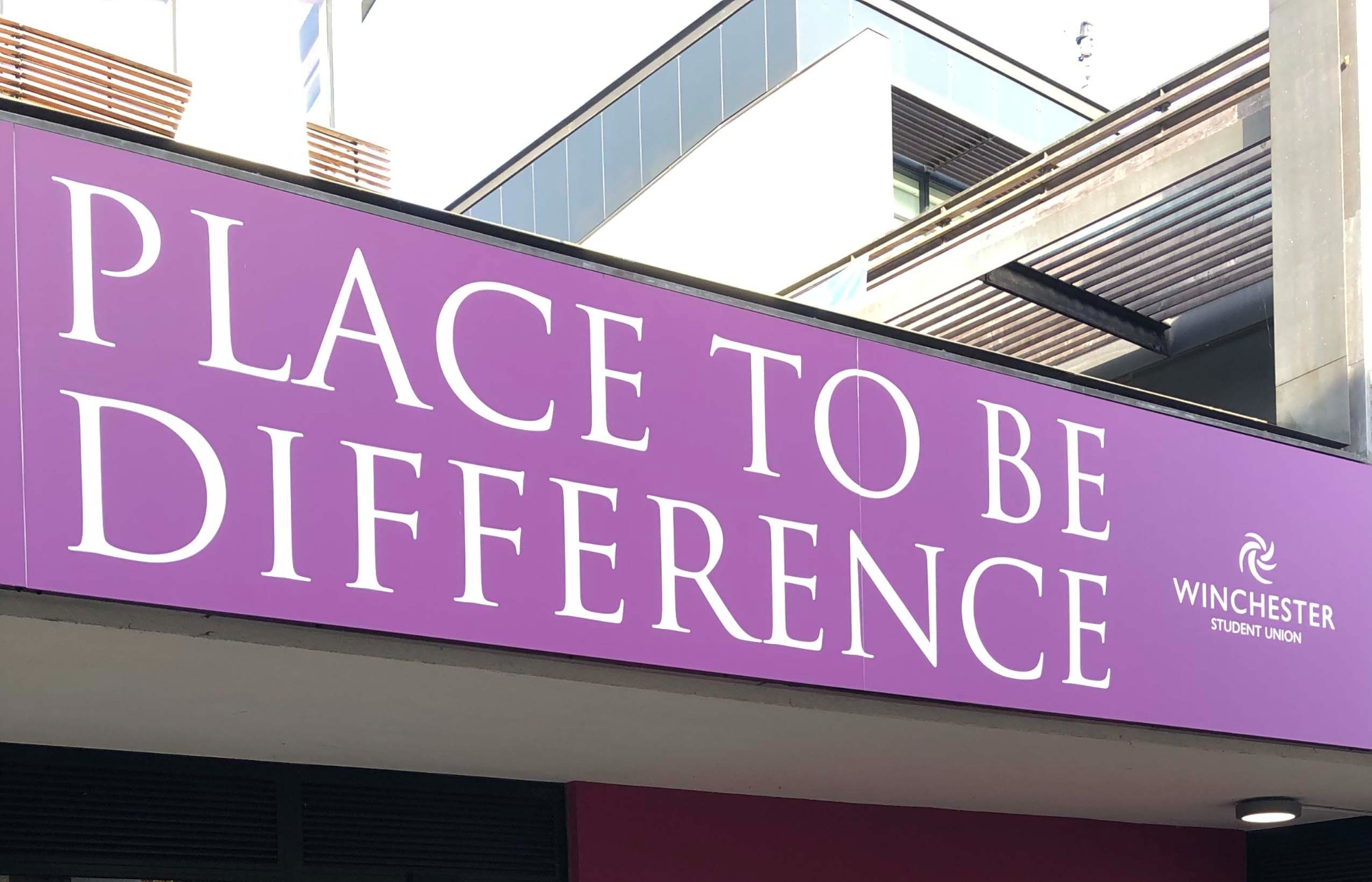Online, young people are communicating in ways that most adults completely misunderstand. What looks innocent could potentially have a very different meaning.
Here are some of the 'codes' which may be being used by your child:
🔴 Red Pill – “I see the truth.” Used in toxic male spaces to mean waking up to supposed hidden ‘truths’ about women and society, often linked to misogynistic ideologies.
🔵 Blue Pill – Represents those who are “blind to the truth” or still believe in mainstream views about relationships and gender dynamics.
💥 Dynamite Emoji – An “exploding red pill,” meaning someone is a radicalised incel.
🫘 Kidney Bean – A symbol linked to incel culture, sometimes mocking women.
💯 100 Emoji – Tied to the “80/20 rule,” the belief that 80% of women are only attracted to 20% of men.
🕳️ Black Hole – Used to express depression, hopelessness, or being sucked into negative online spaces.
🌪️ Tornado – Represents chaos or feeling overwhelmed, sometimes used to indicate mental distress.
🐸 Frog Emoji – Associated with alt-right and extremist meme culture, often linked to Pepe the Frog, which has been co-opted by some toxic online groups.
🦅 Eagle – A symbol of extreme nationalism, sometimes used in far-right online spaces.
💀 Skull – While often just slang for “that’s funny” or “I’m dead (from laughing),” in certain groups, it can signal darker themes like nihilism or self-harm
😺 Cat - A symbol to represent a female genitalia
🍆 The aubergine emoji is often used as a sexual slang symbol, particularly when paired with other emojis, to represent male genitalia or oral sex
💦 Sweat drop emoji is often sexually charged, expressing desire or attraction
❤️ 💜 💛 💗 🧡 Heart colours and what each one can represent.
❤️ = Love
💜 = Lust
💛 = “Are you interested?”
💗 = Interested but not in sex
🧡 = “You’ll be okay”


























%20INCLUDED.jpg)










